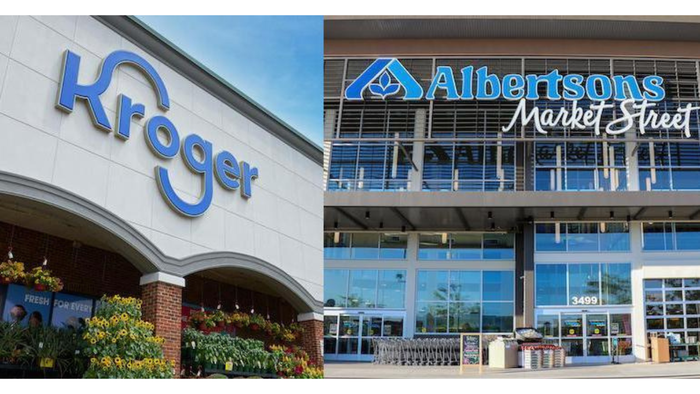Sponsored By
Consumer Trends
The outside of an Aldi store
Consumer Trends
Pizza, wine, aged cheese among Aldi Fan FavoritesPizza, wine, aged cheese among Aldi Fan Favorites
The discount grocery chain is partnering with DoorDash to promote its most-beloved products
Stay up-to-date on the latest food retail news and trends
Subscribe to free eNewsletters from Supermarket News






































